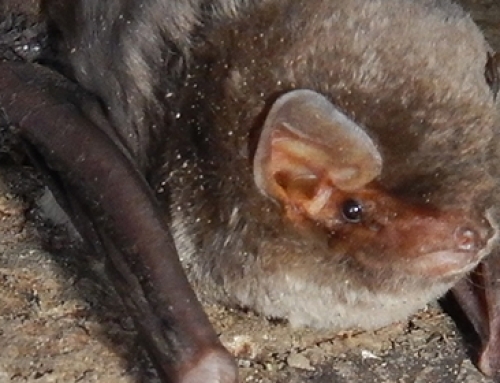Following the high death rate of rodents observed in the Veneto, Friuli Venezia Giulia and Trentino-Alto Adige regions (Northeastern Italy) in 2021, a large number of samples were submitted to the Istituto Zooprofilattico Sperimentale delle Venezie (IZSVe) for investigations. The scientific journal Viruses has now published the outcome of the diagnostic activities that led to the first identification of the Dobrava-Belgrade virus (DOBV) in Italy, specifically in Friuli Venezia Giulia. DOBV is a RNA virus of the genus Orthohantavirus, a group of pathogens maintained in nature by different species of rodents, but also by small insectivorous mammals and bats.
Hantaviruses are important because some of them are zoonotic, meaning that they can transmit between animals and people, causing from mild to serious illnesses. Human cases are reported in different parts of the world and especially in Asia, while they are less frequent in Europe. To date, only a few cases have been reported in Italy, all contracted in neighbouring Slovenia and associated almost exclusively with two viral species: Puumala and Dobrava-Belgrade Orthohantavirus.
As both these viruses circulate widely in wild rodents in Croatia and Slovenia, the search for Hantavirus was essential in the samples of the two respective reservoir species, the bank vole (Myodes glareoulus) and the yellow-necked mouse (Apodemus flavicollis ), collected in northeastern Italy. In spring 2021, a large number of individuals belonging to these species were submitted to the IZSVe laboratories where a large spectrum screening was carried out. The identification of Dobrava-Belgrade was conducted in collaboration with the Italian National Health Institute (Istituto Superiore di Sanità).
The Dobrava-Belgrade hantavirus was identified in 4 yellow-necked mice from the province of Udine. The sequencing of the complete genome made it possible to associate it with strains circulating in the same species in Slovenia and Croatia. On the other hand, the necropsy did not reveal specific signs in the rodent organs, suggesting that the mortality of the animals was not related to the virus which very likely naturally coexists with its animal host, but rather to the cyclical dynamics of the rodent population.
Cyclical “mass” mortalities in micro mammals are known and contribute to the regulation of animal populations, in particular after demographic explosions due to factors such as particularly hot seasons, with an overproduction of food resources. For this reason, the hantavirus disease, which is now so rare, could become more relevant for humans in a context of climate change. The incidence of human cases is closely related to the prevalence of the virus in its reservoir host, which, as we have learnt from the COVID-19 pandemic, increases in the event of gatherings. In full agreement with the One Health concept, once again veterinary surveillance activities will play a fundamental role in protecting also human health.
Read the scientific article in Viruses »






